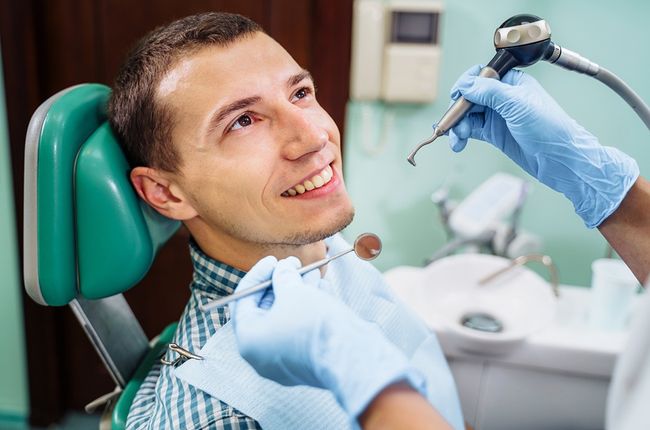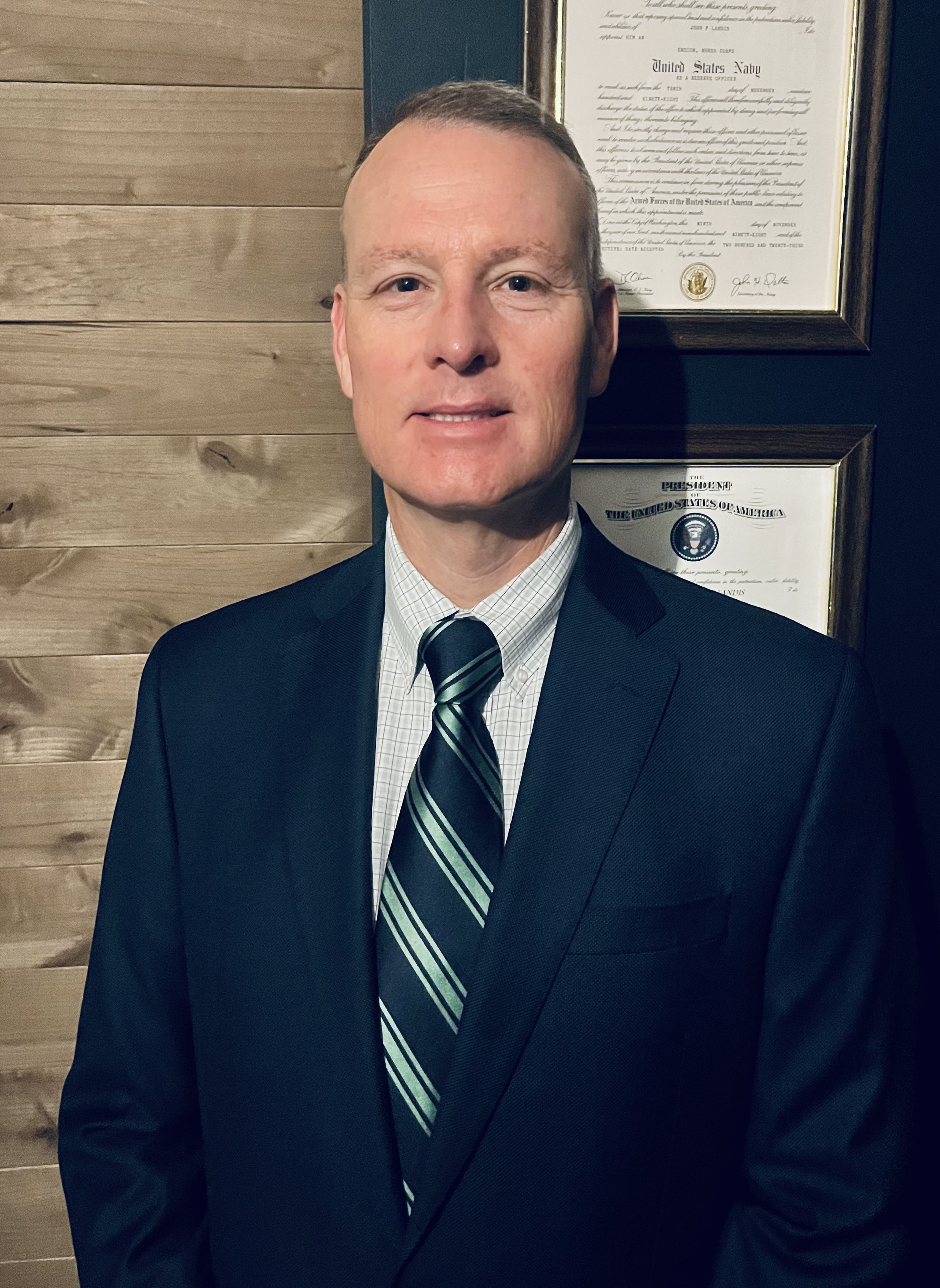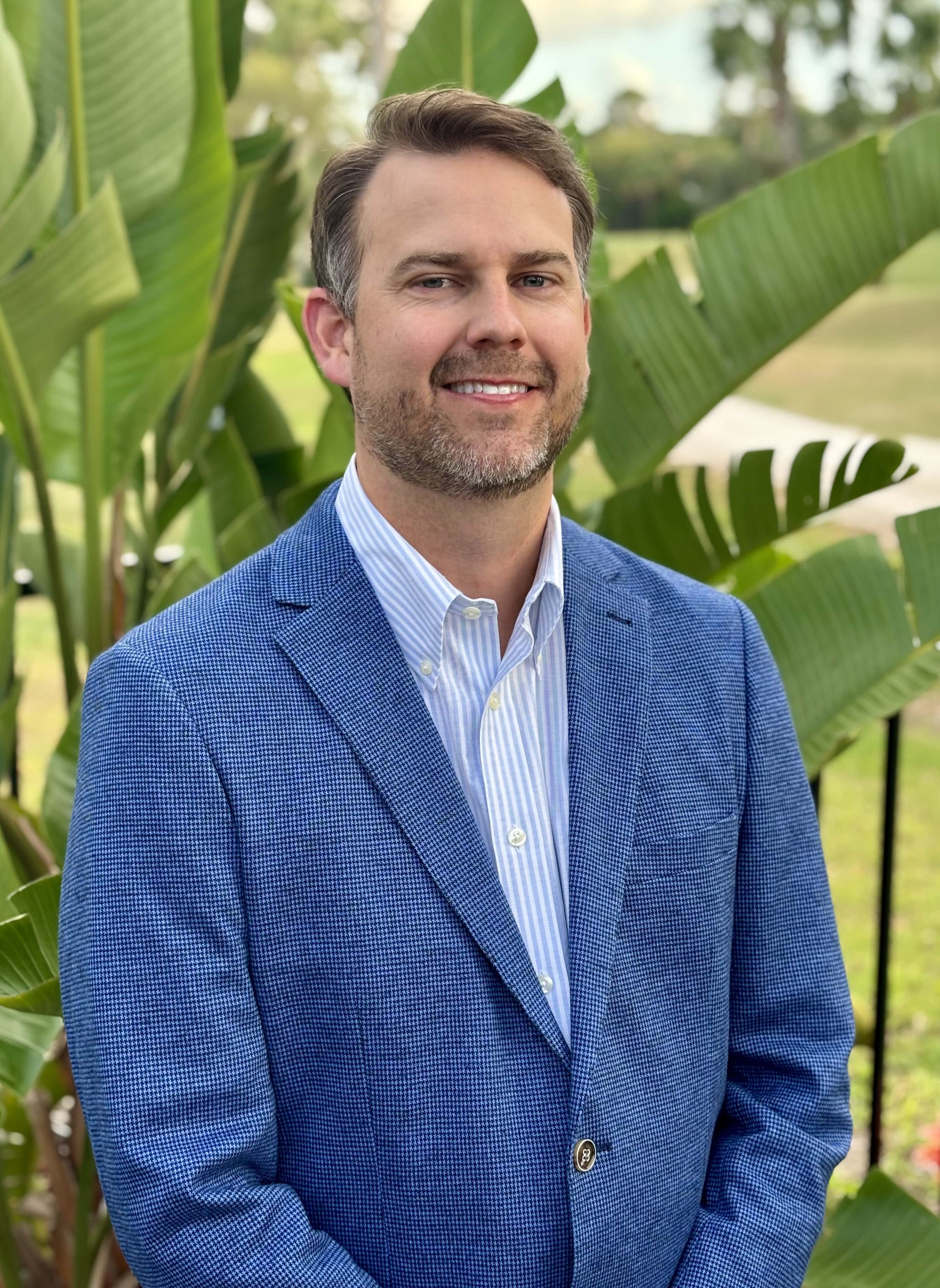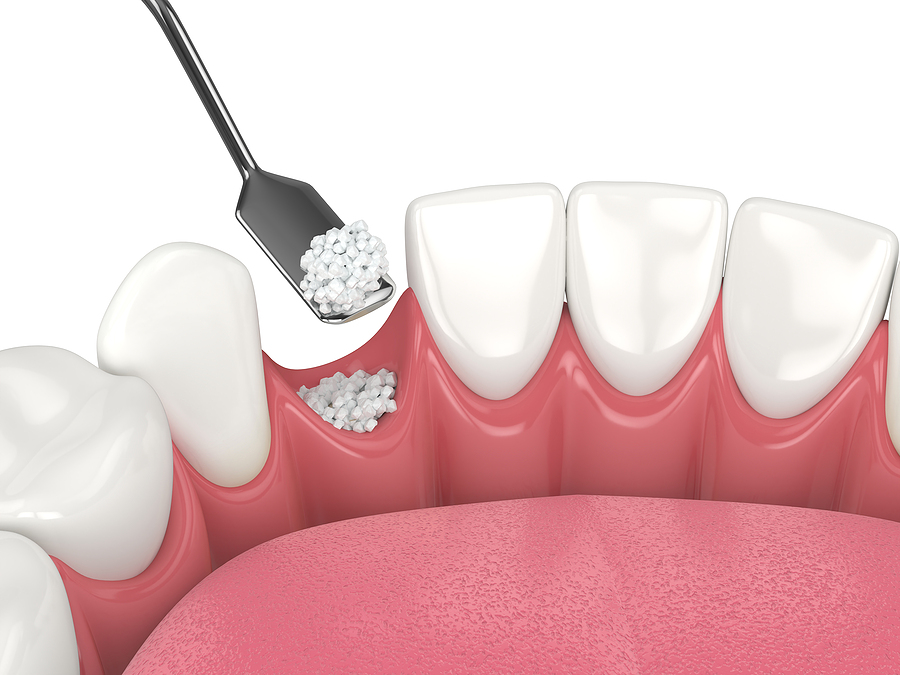Understanding Bone Grafting In Dentistry: What It Is and How It Works
Posted by John Landis Aug 20, 2024

Are you living in Jacksonville Beach, FL, and wondering about the intricacies of dental procedures? If so, bone grafting might be a term you've encountered. It's more than just a buzzword; it's a vital procedure that can significantly impact your oral health. Whether you're facing tooth loss or preparing for implants, understanding bone grafting is essential. This process not only helps restore functionality but also supports the aesthetics of your smile. Let's dive into what bone grafting involves and why it might be necessary for you!
Why is Bone Grafting Needed in Dentistry?
Bone grafting is a crucial procedure in dentistry, primarily needed to address issues related to tooth loss or damage. When a tooth is extracted, the surrounding bone can begin to deteriorate. This loss of bone density can hinder future dental procedures like implants.
Another reason for bone grafting arises from periodontal disease. This condition often leads to gum recession and subsequent bone loss, affecting overall oral health. Restoring that lost structure becomes essential not only for aesthetics but also for functionality.
In cases where patients are born with insufficient jawbone or experienced trauma, grafting provides the necessary support for restorative treatments. By enhancing the foundation of the mouth, dentists can ensure successful outcomes with implants and other therapies.
Maintaining a healthy jawbone is vital for chewing and speaking effectively. Bone grafting plays an important role in preserving these functions while promoting long-term dental health.
Different Types of Bone Grafting Procedures
Bone grafting procedures vary based on the specific needs of the patient and the area requiring treatment.
- Autografts involve harvesting bone from another part of your body, often considered the gold standard due to their compatibility.
- Allografts use bone from a donor, typically sourced from tissue banks. This option is advantageous for those needing larger amounts without additional surgery.
- Xenografts come from animals, usually bovine sources, providing a sturdy scaffold for new bone growth while minimizing rejection risks.
- Synthetic grafts utilize biocompatible materials designed to mimic natural bone structure. These are increasingly popular for their safety and effectiveness.
Each type serves distinct purposes in dental restoration, ensuring that patients receive tailored solutions suited to their unique situations. Understanding these options helps in making informed decisions about oral healthcare pathways.
The Process of Bone Grafting and Recovery Time
Bone grafting is a precise procedure that begins with a thorough evaluation. The dentist in Jacksonville Beach, FL assesses the area needing treatment, often taking X-rays to understand bone structure better.
Once the planning phase is complete, anesthesia ensures patient comfort during the surgery. The dental professional then makes an incision to access the jawbone. Next, they place the graft material—this could be natural bone or synthetic options—into the prepared site. This creates a stable foundation for future implants or restorations.
After placement, sutures close up the incision site carefully. Recovery typically spans several weeks but can vary based on individual health factors and the complexity of the procedure.
During healing, patients may experience some swelling and discomfort; however, medication can help manage these symptoms effectively. Regular follow-ups will ensure everything heals properly before any further dental work takes place. Call us to learn more.
Alternatives to Bone Grafting
Bone grafting isn't the only option available for those facing tooth loss or jawbone issues. Several alternatives can help maintain oral health and support dental procedures.
- One such method is the use of synthetic bone substitutes. These materials mimic natural bone, providing a scaffold for new tissue growth without requiring surgery on another part of the body.
- Another alternative is ridge augmentation, which involves reshaping and restoring lost bone structure by using techniques that promote natural healing processes.
- For some patients, dental implants may be placed with special techniques that minimize the need for additional grafting material. The placement can often succeed even in areas where bone density is limited.
- PRP (Platelet-Rich Plasma) therapy has gained popularity as it utilizes your body's own healing factors to aid in recovery after other procedures.
Each alternative comes with its own set of benefits and considerations tailored to individual needs.
Conclusion: Importance of Consulting with a Dental Professional
When considering bone grafting in Jacksonville Beach, FL, it is crucial to consult with a dental professional. They can provide tailored advice based on your specific oral health needs. A qualified dentist will assess your situation thoroughly and discuss the best treatment options available.
Understanding the nuances of bone grafting—from why it's needed to the recovery process—can empower you to make informed decisions. Your dentist's expertise ensures that any procedure is safely performed and optimally managed for effective healing.
Don't hesitate to reach out for a consultation if you're facing dental issues related to bone loss or preparing for implants. The right guidance can significantly impact your dental health journey and overall well-being.
Ready to take the next step toward optimal oral health? Contact Beaches Oral and Maxillofacial Surgery today at (904) 246-6545 or visit us at 472 Jacksonville Dr. Jacksonville Beach, FL. Our skilled team is dedicated to providing exceptional oral and maxillofacial care in a comfortable and welcoming environment.
More Blog Posts
Office Hours
MON8:00 am - 4:00 pm
TUE8:00 am - 4:00 pm
WED8:00 am - 4:00 pm
THU8:00 am - 4:00 pm
FRI8:00 am - 2:00 pm
SATClosed
SUNClosed















